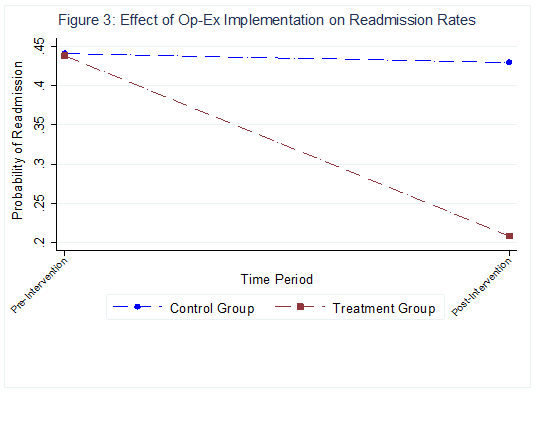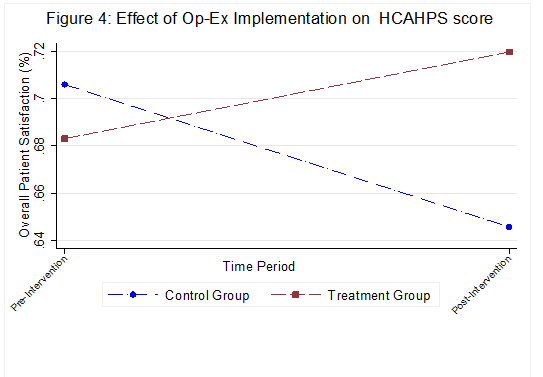Have you ever worked for an organization that is always successful in its mission whose employees are highly committed to its purpose? Anyone reading this article would question the existence of such an organization. Through our research, teaching and outreach, we found that managers from various industries such as healthcare, information technology, manufacturing and hospitality services are constantly searching for the answer to the question on how to create a perpetual learning organization where everyone continuously learns, improve and remain committed to its purpose every day (similar to the perpetual moving machine shown below).
Think about the following example of a healthcare system that personifies such a learning organization where a small problem faced by one unit becomes a great learning opportunity for the entire system.
“In a Tier 6 daily huddle using visual management, the senior leaders (including the CEO, Chief Medical Officer, Chief Nursing Officer, Chief Financial Officer and Chief Quality & Safety Officer) of Apollo Hospital systems were informed on a “near-miss” caregiver fall injury that had happened in one of their regional surgical units previous day, 60 miles from their main hospital. The attending nurse almost tripped on a wire from a new computer terminal recently installed due a system wide rollout of electronic medical records. After a quick discussion, it was decided to prioritize this issue and offer support to the care team at the surgical unit to solve this problem. The next week, the CEO attended their tier 1 huddle at the regional hospital listening to how the team was planning on solving this issue. Thirty days later, the countermeasure developed and vetted by the team in the surgical unit was spreading all across the 24 hospital systems involving more than 30,000 caregivers to avoid similar near miss injuries. What is fascinating is that every unit in Apollo is adapting the solution to their appropriate unit needs, tracking them and improving them on a daily basis. Six months later, Apollo continues to maintains a zero-fall injury rate for both their caregivers and patients”
- Information about a close-encounter from a regional unit within the hospital system percolates all the way up to the C-suite within 24 hours. It is important to note that action follows immediately after the reporting process.
- The hospital system tracks caregiver outcomes (e.g. near-miss accident) and prioritizes them along with patient (customer) outcomes.
- The CEO of the hospital system makes time to travel 60-miles to offer her support to the team in the unit the next week.
- There are no specialists solving the problem at Apollo. Rather, the team who encountered this problem is tasked to come up with a countermeasure and report on the efficacy of this measure after experimentation.
- The countermeasure developed in this unit (i.e. process of problem solving and not the solution) is rolled out across all 24 hospitals within 30-days. This process of problem solving results in customized solutions across other units adapted to their needs (i.e. there is no single silver bullet for problems).
- The entire organization is learning every day and improving from smaller experiments that are happening throughout the system. These lessons are made available to those facing similar problems in a way that same problems do not get solved over and over.
Our research with several organizations, including Toyota, Mayo Clinic, Nationwide, Cleveland Clinic, Thedacare Systems, IBM, General Electric and 3M etc. reveals that creating a perpetual learning organization such as the one described in Apollo requires creating four distinct learning systems. They include Alignment & Adaptability Systems, People Development Systems, Problem Solving Systems, and Daily Management Systems. We refer to them collectively as Operational Excellence Systems. See Figure 1 that describes these systems.
Figure 1: Operational Excellence Systems
Dimensions of the Operational Excellence Systems
- Alignment & Adaptability Systems – Systems that allow everyone in the organization to understand the value and purpose of the work they do and how it relates to the higher level strategy. This allows them to guide their actions as well develop adaptive skills to change for the future.
- People Development Systems – Extent to which the firm invest in practices that add skills and capabilities to employees at all levels that allows them to continuously experiment, reflect, learn and innovate and become change agents.
- Problem Framing & Solving Systems – The approaches taken by everyone when a problem arises in way the problem framing and solving processes are standardized across all levels of the organization and the learning permeate through the entire organization.
- Daily Management Systems – The practices leaders at all levels use every day to identify potential issues and ensure all activities are on track and create accountability and cadence to the functioning of their units.
It is important to note that these systems are leader independent and sustains even after the departure of the architect responsible for creating them. They are also independent of the processes and business functions and has to exist at every level within the organization.
Our findings are not only informed through our research but also through our experience developing 300+ change leaders through the Master of Business of Operational Excellence (MBOE) program at the Fisher College of Business. In this program, executives from various industries develop their own operational excellence systems over a year. Through this journey, they document some of their challenges and opportunities when creating these systems back in their organizations.
What became evident to us through this learning journey is that even exemplar organizations don’t have all four systems at all levels within their organizations. The answer to creating a perpetual learning system may involve creating “isomorphic” structures of these systems at all areas in your organization.
Interested in knowing how to develop these systems in your organizations? See how our students and organizations partnering in MBOE program do by visiting https://fisher.osu.edu/graduate/mboe









